The luxurious coat of a Husky is undeniably one of its most captivating features, but maintaining its beauty and ensuring your furry companion’s well-being requires a solid grooming routine. Welcome to our comprehensive guide on how to brush a Husky effectively and with care. Huskies possess a distinctive double coat designed to protect them in diverse weather conditions, making proper grooming essential. In this article, we’ll delve into the nuances of Husky coat care, from understanding their unique fur to choosing the right tools and mastering the brushing technique. Whether you’re a seasoned Husky owner or considering bringing one into your family, this guide will equip you with the knowledge and skills needed to keep your Husky’s coat in optimal condition and strengthen the bond between you and your canine friend.
How To Brush A Husky?
Brushing a Husky is a crucial part of their grooming routine, and it helps maintain the health and appearance of their double coat. Here’s a step-by-step guide on how to brush a Husky effectively:
Gather The Right Tools: Before you start, make sure you have the necessary grooming tools: a slicker brush, an undercoat rake, a wide-toothed comb, and a de-shedding tool if your Husky is shedding heavily.
Prepare Your Husky: Choose a calm and quiet location for grooming to minimize distractions. Ensure your Husky is comfortable and relaxed. Offer treats and praise to create a positive association with grooming.
Detangle And Remove Mats: Begin by using the slicker brush to gently detangle any knots or mats in your Husky’s fur. Start from the tips of the hair and work your way up to the base. Be gentle to avoid hurting your dog.
Brush The Topcoat: Use the slicker brush to brush the topcoat (guard hairs) in the direction of hair growth. Brush in sections, working from the neck to the tail. Pay special attention to areas prone to matting, such as behind the ears and around the neck.
Brush The Undercoat: Switch to the undercoat rake to reach the dense undercoat. Brush in the opposite direction of hair growth. Work in small sections, focusing on one area at a time. Be gentle to avoid causing discomfort.
Use A Wide-Toothed Comb: After using the undercoat rake, switch to a wide-toothed comb to ensure all loose hair and tangles are removed. Comb through the entire coat to leave it smooth and mat-free.
De-Shedding (If Needed): If your Husky is shedding heavily, use a de-shedding tool to remove loose hair. This tool can significantly reduce shedding. Be gentle and use it sparingly to avoid over-grooming.
Finish With Positive Reinforcement: Once you’ve completed the grooming session, reward your Husky with treats and praise to reinforce good behavior. Brushing should be a positive experience to make future sessions easier.
Clean Up: Collect the removed fur in a trash bag or dispose of it properly to keep your home clean.
Common Mistakes To Avoid
Avoiding common grooming mistakes is essential to ensure the health and well-being of your Husky’s coat. Here are four common mistakes to avoid:
1. Using The Wrong Brush Or Comb:
One of the most prevalent mistakes is using the incorrect grooming tools. Using a brush or comb that isn’t designed for Husky coats can lead to ineffective brushing and even discomfort for your dog. Ensure you invest in a slicker brush, an undercoat rake, and a wide-toothed comb specifically designed for Huskies. Using the right tools will make the grooming process more efficient and comfortable for your pet.
2. Over-Grooming:
Over-grooming can damage your Husky’s coat and irritate their skin. Brushing too vigorously or too frequently can strip away natural oils, leading to a dry and unhealthy coat. It’s important to establish a grooming schedule that aligns with your Husky’s shedding cycles. During heavy shedding seasons, you may need to brush more often, but be gentle to avoid overdoing it.
3. Neglecting The Undercoat:
Huskies have a dense undercoat that requires attention. Neglecting the undercoat can lead to mats, which are painful for your dog and difficult to remove. Always use an undercoat rake to reach the underlayer and remove loose hair. Pay close attention to areas like the chest and hindquarters where the undercoat is thickest.
4. Skipping Detangling:
Brushing without detangling can be uncomfortable for your Husky. It’s crucial to start the grooming session by gently detangling any knots or mats in their fur. Skipping this step can cause pain and make your dog wary of future grooming sessions. Take your time to work through tangles with a slicker brush before moving on to regular brushing.
Tips For Special Circumstances
Grooming a Husky may require special considerations in certain circumstances. Here are some tips for grooming Huskies in special situations:
- Grooming Husky Puppies: Start grooming early to familiarize your puppy with the process. Use gentle, positive reinforcement to create a positive association with grooming. Keep grooming sessions short and gradually increase their duration as your puppy grows. Be patient and understanding, as puppies may be more fidgety during grooming.
- Grooming Elderly Or Senior Huskies: Older Huskies may have sensitive skin and joints, so be extra gentle during grooming. Use a soft-bristle brush to minimize discomfort. Adjust the grooming schedule to accommodate your senior Husky’s needs, possibly reducing the frequency of brushing. Check for lumps, bumps, or skin issues during grooming, and consult a veterinarian if you notice anything unusual.
- Huskies With Skin Conditions Or Allergies: If your Husky has skin issues or allergies, consult a veterinarian before grooming. Use hypoallergenic grooming products and avoid harsh chemicals. Be gentle and cautious when brushing, as sensitive skin can be easily irritated. Consider using a specialized shampoo or conditioner recommended by your vet.
- Introduce Grooming Gradually: If you’re grooming a Husky who is not used to the process, introduce it gradually. Start with short, gentle sessions and gradually increase the duration. Use treats and praise to reward good behavior during grooming. Be patient and avoid forcing the dog into grooming if they resist initially.
- Seek Professional Help (if necessary): If you’re unsure about grooming your Husky, especially in special circumstances, consult a professional groomer or a veterinarian. Professional groomers can provide expert advice and services tailored to your Husky’s specific needs. They can also offer guidance on handling special situations, such as severe matting or skin issues.
Maintaining A Healthy Coat
Maintaining a healthy coat for your Husky is essential for their overall well-being. Here are some tips to help you keep your Husky’s coat in excellent condition:
- Regular Brushing: Brush your Husky’s coat regularly to remove loose hair, dirt, and debris. This helps prevent matting and distributes natural oils for a shiny coat. During heavy shedding seasons, such as spring and fall, increase the frequency of brushing to daily or every other day.
- Proper Nutrition: Ensure your Husky is on a high-quality, balanced diet that meets their specific nutritional needs. Omega-3 fatty acids, found in fish oil supplements or certain dog foods, can promote healthy skin and coat.
- Hydration: Provide your Husky with access to clean, fresh water at all times. Hydration is crucial for maintaining a healthy coat.
- Regular Bathing: Bathe your Husky as needed, typically every 2 to 4 months or when they become dirty or smelly. Use a gentle, hypoallergenic dog shampoo to avoid drying out their skin.
- Avoid Over-Bathing: Avoid over-bathing, as it can strip the coat of natural oils, leading to dryness and skin issues. If your Husky gets wet or muddy, towel dry them thoroughly instead of giving a full bath.
- Protect From Sun And Elements: Huskies are sensitive to extreme temperatures, so protect them from excessive sun, wind, and cold. Use sunscreen on their nose and ears if they’ll be exposed to strong sunlight.
- Regular Vet Checkups: Schedule regular veterinary checkups to ensure your Husky’s overall health, including their skin and coat. Address any skin issues or allergies promptly.
Conclusion
In conclusion, a healthy and well-maintained coat is not only a source of pride for Husky owners but also a crucial factor in their pet’s overall health and comfort. Regular grooming, proper nutrition, and a caring environment are the cornerstones of a vibrant Husky coat. By following the guidelines in this comprehensive guide, you can ensure that your Husky’s coat remains beautiful, free from mats and skin issues, and a testament to the strong bond you share. So, embrace the grooming routine, and watch your Husky thrive with a coat that shines with vitality.
FAQ’s
How Often Should I Brush My Husky?
Brush your Husky at least once a week, but increase the frequency during heavy shedding seasons, such as spring and fall.
Can I Use Human Shampoo On My Husky?
No, it’s best to use a gentle, hypoallergenic dog shampoo specifically formulated for dogs. Human shampoo can be too harsh for a dog’s skin.
Do Huskies Need Regular Baths?
Huskies don’t require frequent baths. Bathing every 2 to 4 months or when they get dirty is usually sufficient.
Are Huskies Prone To Skin Allergies?
Yes, some Huskies can be prone to skin allergies. If you notice itching, redness, or irritation, consult a veterinarian for guidance.
Should I Trim My Husky’s Coat In Hot Weather?
Avoid trimming a Husky’s double coat, as it provides insulation in both cold and hot weather. Instead, focus on proper grooming and providing shade in hot weather.

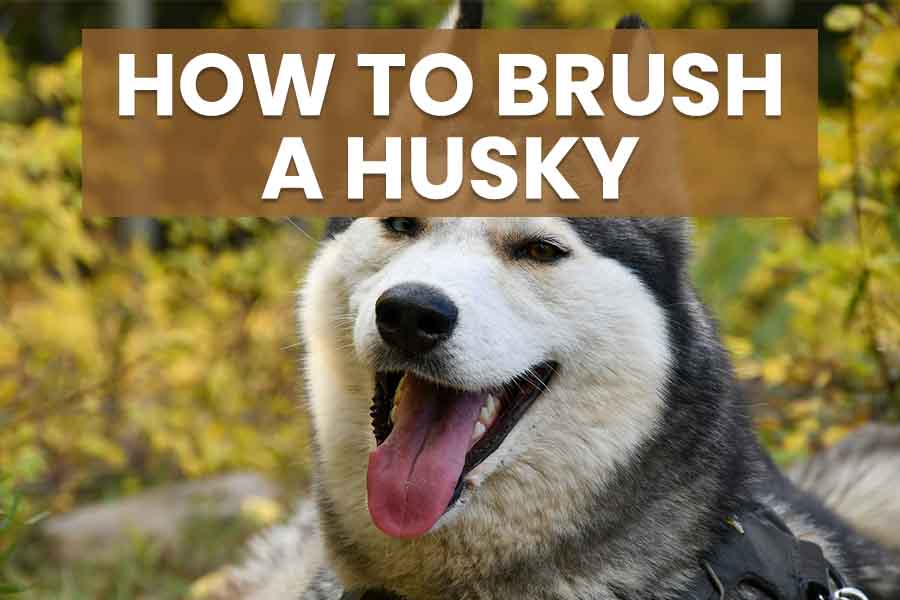
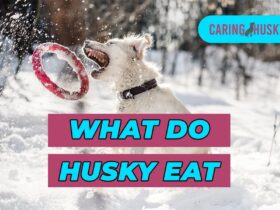
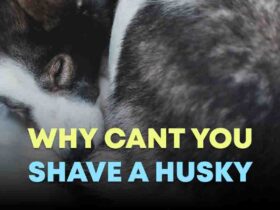
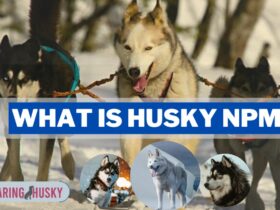
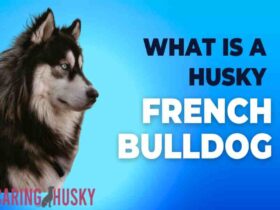
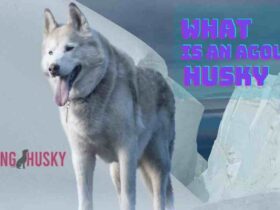
Leave a Reply